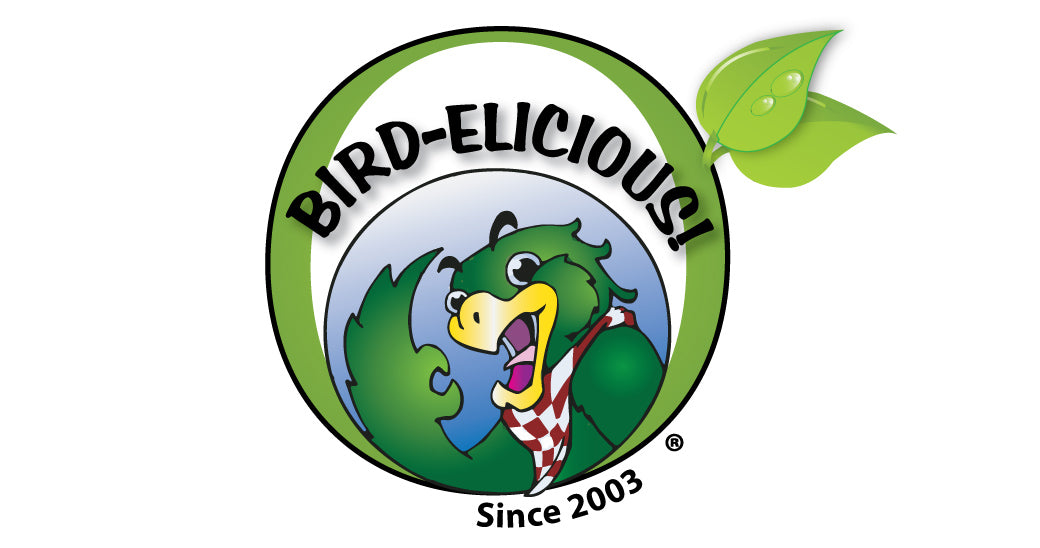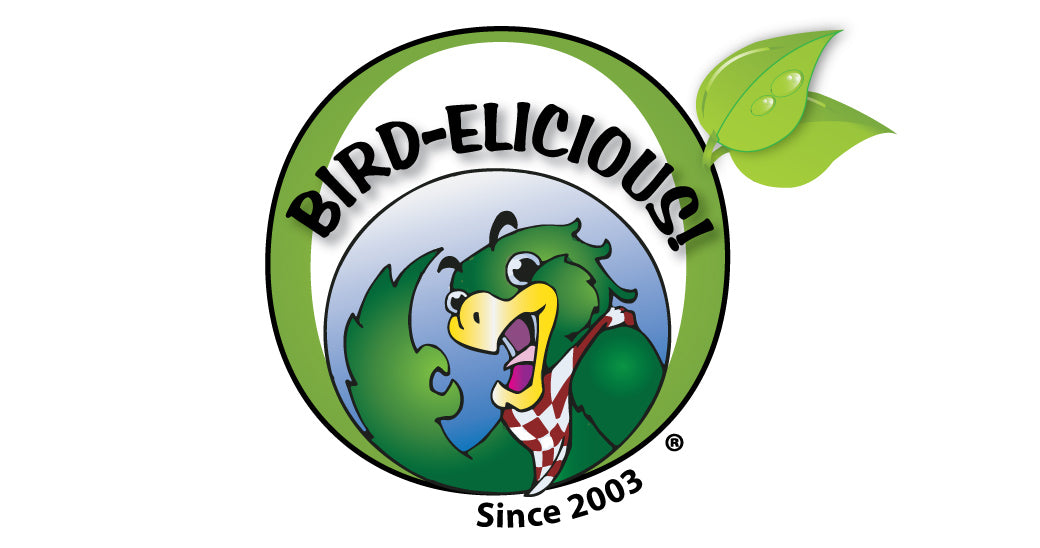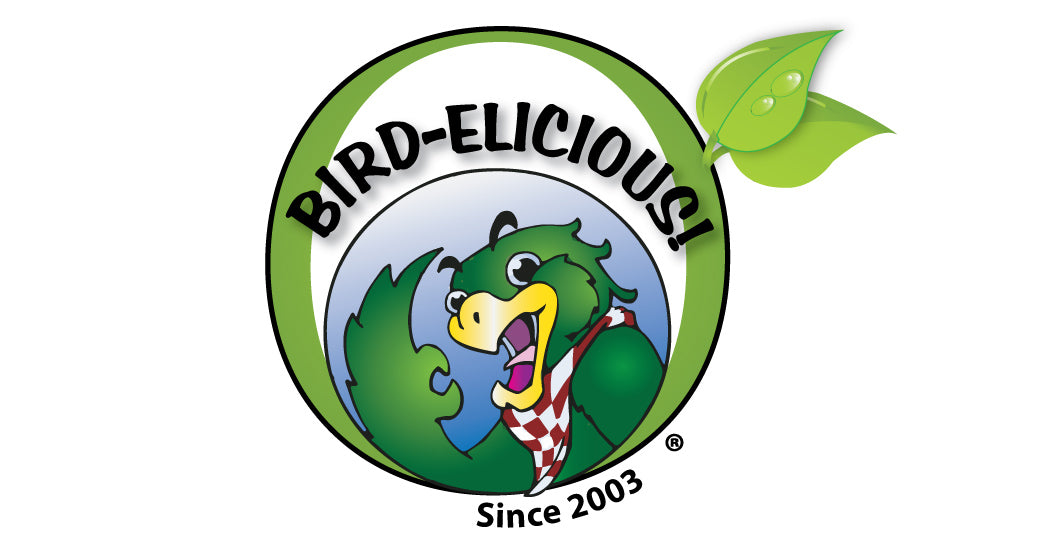Before we can realistically know and understand how to utilize spices in the lives of our birds we first need to know the difference between “herbs and spices.”
Here is one definition given by Iowa State University, Department of Horticulture; Author Foy Spicer (1):
We often use the words herb and spice interchangeably. Herbs and spices are obtained from plants. (Salt is neither a spice nor an herb. It is actually a mineral.) Herbs and spices are used primarily for adding flavor and aroma to food. And both are best used fresh but can be saved by drying. While there are similarities, there also are subtle differences between herbs and spices.
Herbs are obtained from the leaves of herbaceous (non-woody) plants. They are used for savory purposes in cooking and some have medicinal value. Herbs often are used in larger amounts than spices. Herbs originated from temperate climates such as Italy, France, and England. Herb also is a word used to define any herbaceous plant that dies down at the end of the growing season and may not refer to its culinary value at all.
Spices are obtained from roots, flowers, fruits, seeds or bark. Spices are native to warm tropical climates and can be woody or herbaceous plants. Spices often are more potent and stronger flavored than herbs; as a result they typically are used in smaller amounts. Some spices are used not only to add taste, but also as a preservative.
Some plants are both herbs and spices. The leaves of Coriandrum sativum are the source of cilantro (herb) while coriander (spice) is from the plant's seeds. Dill is another example. The seeds are a spice while dill weed is an herb derived from the plant's stems and leaves.
Examples of Herbs
- Thyme
- Sage
- Oregano
- Parsley
- Marjoram
- Basil
- Chives
- Rosemary
- Mint
Examples of Spices
- Cinnamon - bark of the cinnamon tree
- Ginger - root
- Cloves - flower bud
- Saffron - stigma (female reproductive part) of saffron crocus
- Nutmeg - seed
- Vanilla - undeveloped fruit of an orchid
- Cumin – seed
Once we understand the difference between herbs and spices we now can move forward knowing that we should use spices in lesser quantity than we do herbs. Why? As we have discussed in other articles birds have small, delicate and rapidly absorbing systems. Any foodstuffs they ingest are quickly metabolized due to the way Nature designed their systems; unique, short and narrow digestive tracts, rapidly absorbing digestive tracts and high metabolisms in which their metabolic systems utilize food constituents almost immediately.
We will explore each spice as in depth as possible, both toxic and non-toxic for birds so that we may gain a clear and concise knowledge as to which spices are most and least beneficial to their holistic health. While it’s fun to add flavor to our birds’ dishes, our most important goal is to ensure we are creating a healthy diet in which to cause our birds to thrive. We can increase their lifespan by adding specific spices for specific health concerns, but we must be careful not to overdose as well. Spices are considerably higher in naturally occurring phenolsthan other foods so we must be diligent how we utilize these powerful flavorings in our flocks’ diets.
Ref: (1) http://www.ipm.iastate.edu/ipm/hortnews/2003/8-22-2003/herbsnspices.html
©1.29.16 Machelle Pacion Passion Tree House LLC All Rights Reserved



Leave a comment (all fields required)